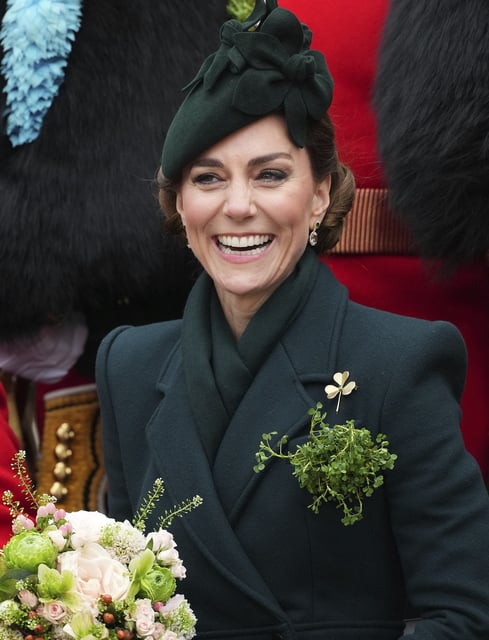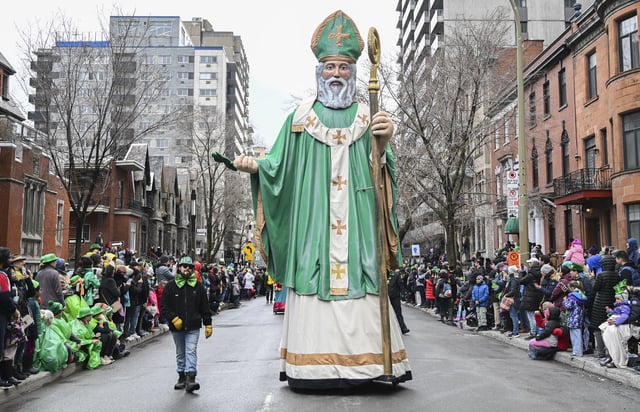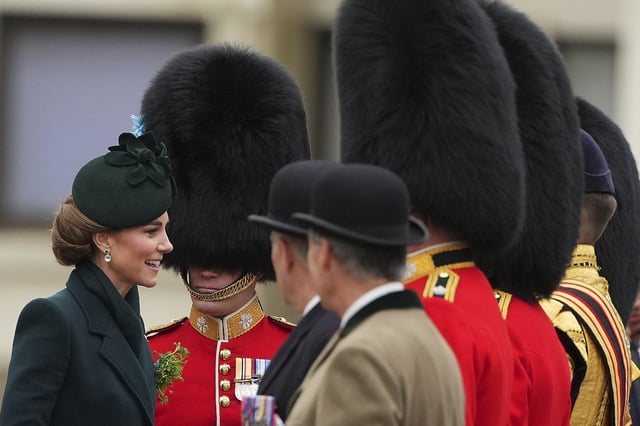Overview
- Historically, the color blue, known as 'St. Patrick’s blue,' was associated with the saint and early celebrations of his feast day.
- Green became prominent in the late 18th century, symbolizing Irish nationalism during the United Irish rebellion against British rule in 1798.
- The adoption of green was further solidified by its association with Catholicism and the Irish diaspora, especially in American St. Patrick’s Day celebrations.
- In Ireland, St. Patrick’s Day remained a more solemn religious observance until the 20th century, with public celebrations and parades emerging later.
- Although green dominates globally, St. Patrick’s blue continues to play a symbolic role, appearing in the Irish presidential flag since 1945.


